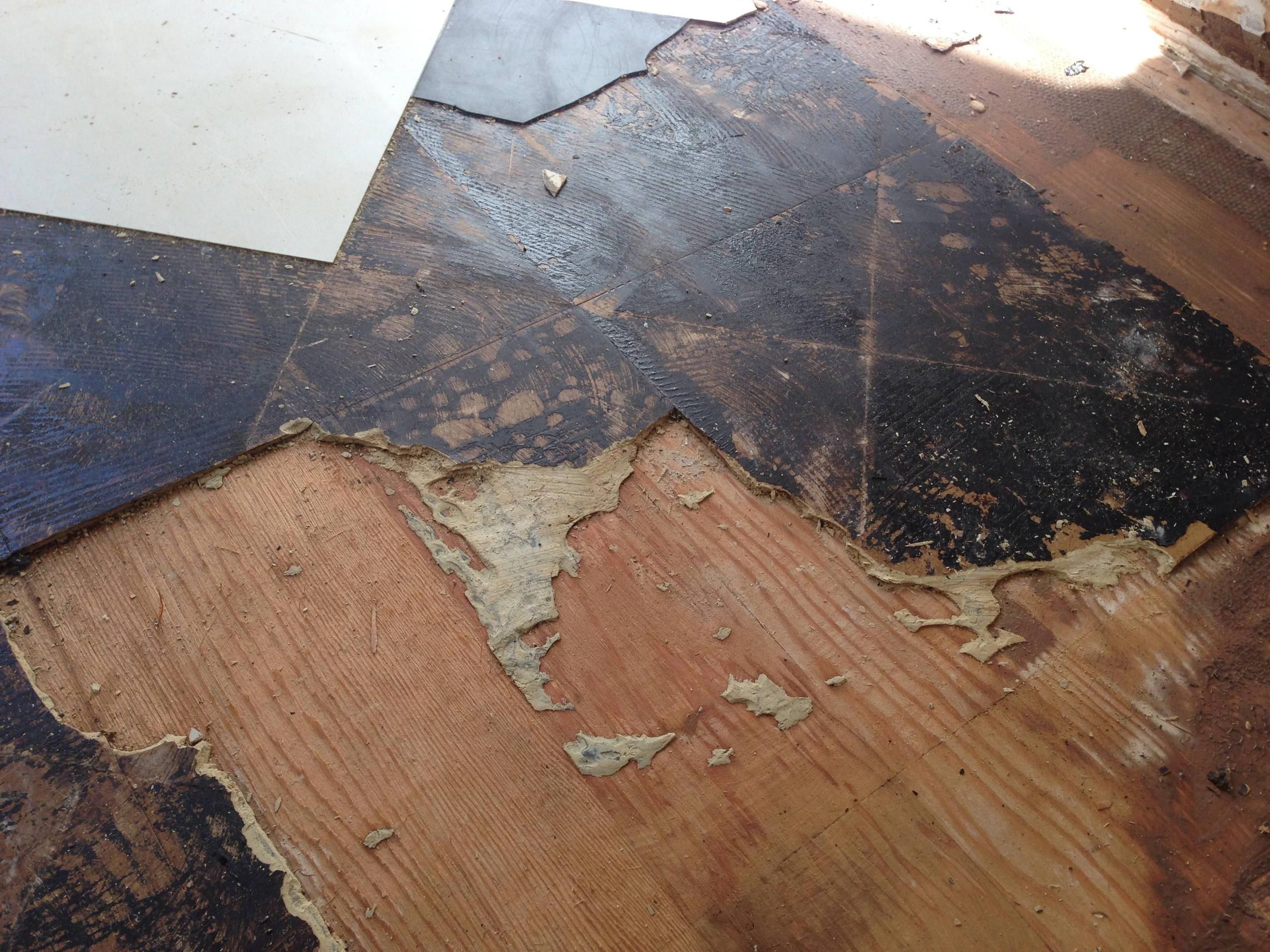Tar Paper For Underlayment For Vinyl Flooring

You can buy laminate underlayment but if you have a bunch of old roofing felt it works just as well.
Tar paper for underlayment for vinyl flooring. Waxed paper underlayment for wood flooring model 70 120 34 46 roll 34 46. Outdoors shop king kooker outdoor. Tar paper is not used floor vinyl floors the black goop under old vinyl is called cutback adhesive. Underlayment installs on top of the subfloor and provides an ultra smooth surface for linoleum or vinyl flooring.
Instead butt the seams together as 30 pound paper is simply too thick to be overlapped. When using 30 pound asphalt paper you should not overlap the seams. The floor trim around the edges holds it all down. Red rosin paper or tar paper roofing felt which have no sound blocking advantages are sometimes laid on top of the plywood to minimize squeaks but this benefit is subject to debate in the flooring industry.
Its like using tar to glue down the floor. Plywood is only a modestly effective sound blocker. I m installing f2 fortress stronghold spc luxury vinyl plank flooring it s 180mm x 1218mm x 4mm i m installing it on new construction tongue and groove sub floor it has an attached underlayment but i m wondering what to put under it on top of sub floor my contractor wants to use tar paper but that doesn t sound right. For wood and laminate flooring the underlayment may provides moisture protection.
Plywood underlayment is often used under thin flexible flooring materials like vinyl or linoleum tiles. Find flooring underlayment at lowe s today. Floating floors can be installed over any existing hard floor surface but should have an underlayment between the laminate flooring and the subfloor. Installing a layer of building paper between the subfloor and the underlayment.
When using 15 pound asphalt paper to unroll the paper across the length of your floor overlapping the seams by about 3 inches and stapling together. Virtually every type of flooring except for some types of vinyl requires an underlayment and its purpose varies with the flooring material. You can just go over the existing if it is free of.


















